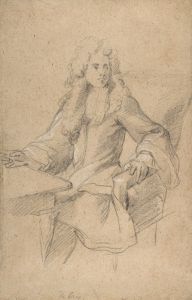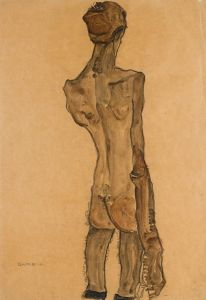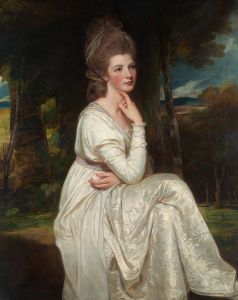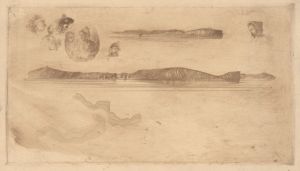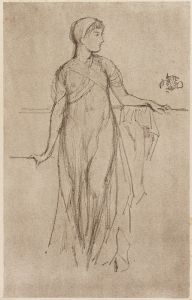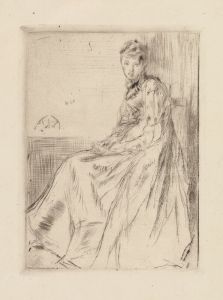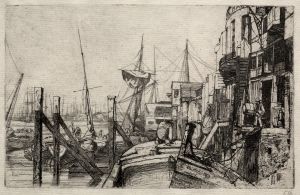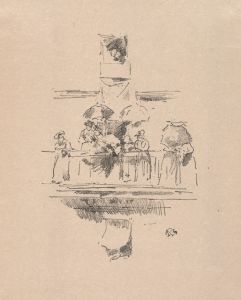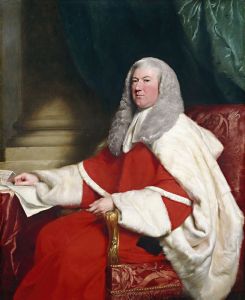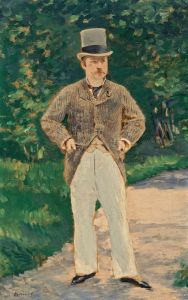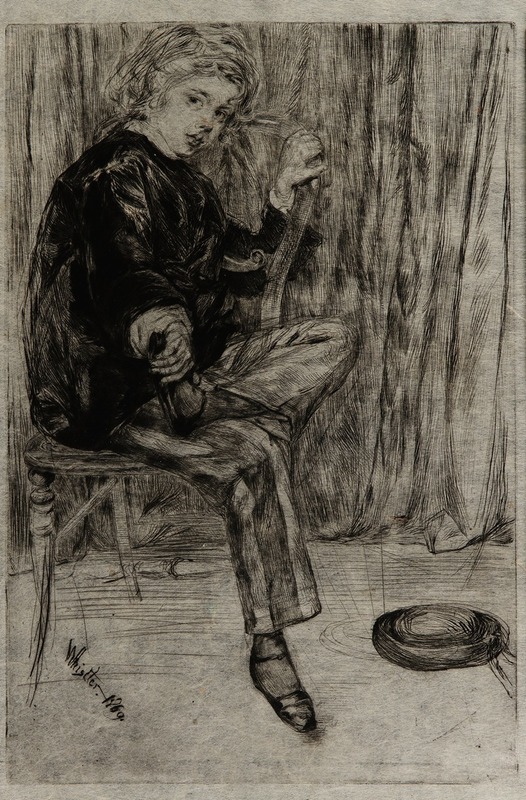
Arthur Haden
A hand-painted replica of James Abbott McNeill Whistler’s masterpiece Arthur Haden, meticulously crafted by professional artists to capture the true essence of the original. Each piece is created with museum-quality canvas and rare mineral pigments, carefully painted by experienced artists with delicate brushstrokes and rich, layered colors to perfectly recreate the texture of the original artwork. Unlike machine-printed reproductions, this hand-painted version brings the painting to life, infused with the artist’s emotions and skill in every stroke. Whether for personal collection or home decoration, it instantly elevates the artistic atmosphere of any space.
James Abbott McNeill Whistler was an American artist active during the late 19th century, known for his contributions to the Aesthetic Movement and his innovative approach to painting and printmaking. One of his works, "Arthur Haden," is a portrait that exemplifies his skill in etching and his ability to capture the essence of his subjects with minimalistic detail.
"Arthur Haden" is an etching created by Whistler, featuring his brother-in-law, Francis Seymour Haden, who was a prominent surgeon and an amateur etcher himself. The etching is part of Whistler's early work, which often included portraits of family and friends. Whistler's relationship with Haden was complex, marked by both collaboration and eventual estrangement, but during the time of this etching, their relationship was still amicable.
Whistler's etching technique was influenced by the Old Masters, particularly Rembrandt, whose work he greatly admired. In "Arthur Haden," Whistler employs a delicate line work that captures the likeness of Haden with precision and subtlety. The etching is characterized by its fine detail and the use of light and shadow to create depth, a hallmark of Whistler's style. This work reflects Whistler's belief in "art for art's sake," emphasizing beauty and composition over narrative content.
The portrait of Arthur Haden is part of Whistler's broader exploration of etching as a medium. During the 1850s and 1860s, Whistler produced a series of etchings known as the "French Set" and the "Thames Set," which helped establish his reputation as a leading etcher of his time. These works were instrumental in the revival of etching as a respected art form in the 19th century. Whistler's etchings were noted for their atmospheric quality and their ability to convey mood and character with economy of line.
"Arthur Haden" is a testament to Whistler's mastery of etching and his ability to capture the personality of his subjects. The portrait is not only a representation of Haden but also an example of Whistler's innovative approach to portraiture, which often eschewed traditional methods in favor of a more modern, impressionistic style. Whistler's work in etching, including "Arthur Haden," had a significant impact on the art world, influencing contemporaries and future generations of artists.
Whistler's contribution to the arts extends beyond his technical skills; he was also known for his theories on art and his role in the Aesthetic Movement, which advocated for the appreciation of art for its beauty and form rather than its moral or narrative content. His work, including "Arthur Haden," reflects these principles, focusing on the visual and emotional impact of the artwork.
In summary, "Arthur Haden" by James Abbott McNeill Whistler is an exemplary piece of etching that showcases the artist's skill and innovative approach to portraiture. It is a reflection of Whistler's artistic philosophy and his influence on the revival of etching as a significant art form in the 19th century.





